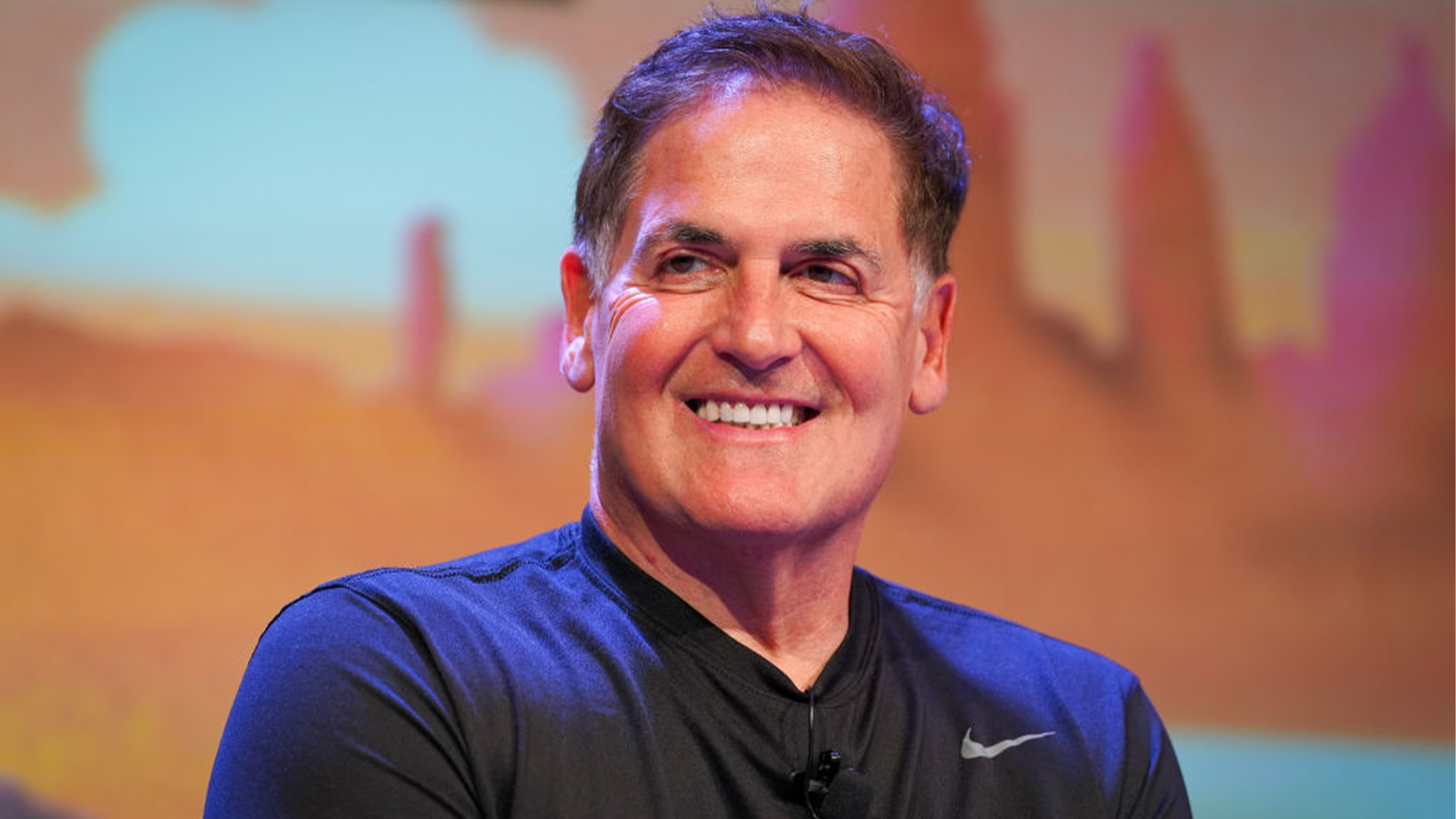Dr. Angelique Johnson refers to herself as an accidental entrepreneur. In spite of her self-proclaimed title, her involvement as founder and CEO of MEMStim shows that her purpose is clear.
The medtech startup was designed to improve lives, and it works to accomplish this by manufacturing implantable electrode leads.
“MEMStim was founded to do the manufacturing process for what we call these electrode leads. So think of them as wires that go on the body that imitate your nerves,” Johnson told AfroTech in an interview. “So everything that we do, we think, we hear, everything is controlled by electrical information in our body going through our nerves, and if we can imitate our brain or our nerves with technology we create out in the world, then we could basically redo anything the body can do.”
While earning her Ph.D. in electrical engineering at the University of Michigan, Johnson, a 2011 graduate, recognized that though medical devices were being built at the time, these groundbreaking advances in healthcare were not reaching the people who needed them.
“I saw that people were looking for a new way of manufacturing medical implants to go in the body to treat things like hearing loss and chronic pain and heart failure,” Johnson detailed. “I saw that there was a need for this. I saw that the University of Michigan and other universities actually had been working on technology, but what I didn’t see was anybody bridging the gap between what the universities were creating and what was actually gonna be useful to a human being and could be actually put into their body.”
Johnson worked to bring the knowledge and technology that only existed within the walls of universities to the worldwide market, despite the various obstacles she has met along her journey as a Black woman CEO.
“I had a lot of challenges just by the nature of who I was,” Johnson said. “Then I had common challenges that no matter what your race, your gender, identity, orientation, whatever it is, that we all experience as entrepreneurs trying to bring a vision to life with very little resources and oftentimes very low support because you have a vision. You gotta get that out to the world, explain it to them, to really garner that support. So outside of the challenges I faced just as a woman and a black woman, the other challenges really were around, not having the resources, the support, and trying to build a company in isolation, which is really hard to do.”
Johnson recalls receiving support from a white male in her journey, whom she describes as a “thorn” in her side for persistently nudging her to keep her dreams for the company alive. Ultimately, acquired knowledge and support paved the way for Johnson to receive millions of dollars through various non-dilutive funding.
“Once I got the first round of funding, it became a lot easier to get the next, especially in the non-diluted area not because the application got easier, but because I was less resistant to giving up on it,” Johnson reflected. “So I thought, ‘okay, this is possible,’ and when you have that confidence, you can move forward.”
Her perseverance is seen in real time as MEMStim is disrupting the market for medical device manufacturing through microfabrication and 3D printing. By using 3D technology, companies can achieve a higher level of precision to mimic artificial nerves in neurons that would not have been possible by hand, she says.
“We use 3D printing to do really soft, flexible, we call almost artificial nerves, artificial neurons that then can be put into the body and that opens up a whole range of applications that people are going after, if you can do it,” Johnson explained. “It’s a moonshot type technology, but if you can do it, it really changes the way that we do medicine.”
What’s more, venturing away from handmade devices allows the technology to be more accessible to those in need. Johnson says companies in emerging countries are following these automated steps and are producing medical devices at far lower prices in comparison to the United States.
“I really want to see medical device manufacturing be revolutionized, especially for neurotech devices,” she added. “Right now, they’re all assembled by hand, and it’s not automated and that’s important because it makes it very costly. So if you think about a lot of devices we have here in the U.S. they’re totally unapproachable, and in emerging economies, $60,000 for a cochlear implant, which is an implantable hearing aid, is one thing. Here in the U.S. we think it’s rough, but when you go to some emerging economies, it’s gotta be well under $1,000 for the same technology. That only happens when you move away from manual assembly. You do more low cost manufacturing, more automated manufacturing.”
Furthermore, there are additional barriers within the medical tech space, that Johnson hopes to see change. Currently the intellectual property being developed has not yet been widely adopted in the clinical space. However, Johnson believes there will be greater advancements when they transition from implantable devices to wearable technology.
“So, wearables is where we would love to move to,” Johnson revealed. “We are able to make these artificial kind of tissue-type electronics, so our devices that we make naturally move with the body, and they can do a lot of things to mimic the body, to mimic the skin so that you could have more wearable technology versus having to do an implant and put it inside the body and have the higher risk of that. We wanna really shift to that space where technology, some of these solutions, could be as natural as your skin.”
In order to scale her vision, Johnson is seeking partners, and she is now considering investments outside of non-dilutive funding.
“We’re looking for medical device, either startups or manufacturers currently now in the marketplace who want to partner with us so that they can bring their technology to the next generation of performance but leveraging our manufacturing platform,” Johnson said.
“We’re looking for funding partners,” she added. “We’ve done a lot through non-dilutive funding. That was the strategy from the beginning. We want to take this platform to the next level as well as partners that want to utilize this in their medical devices or have an idea for a device that they want to utilize it in. Then the last thing is we’re looking for partners that are just there in terms of the entrepreneurial ecosystem support systems.”

















